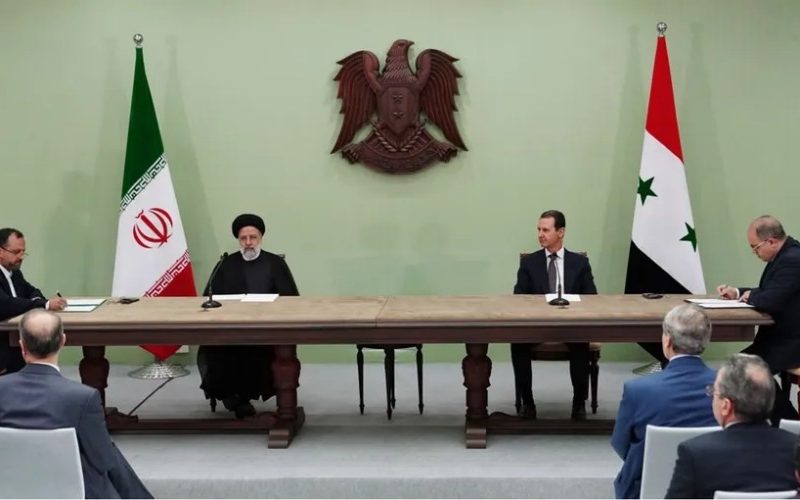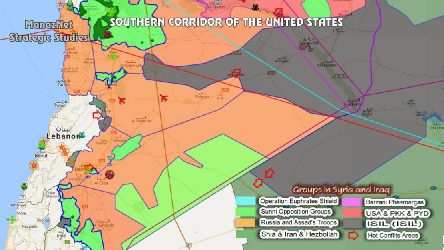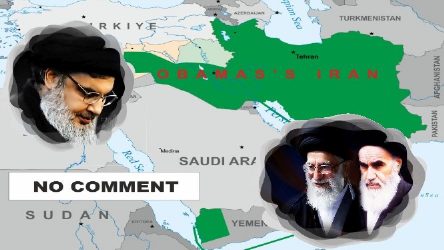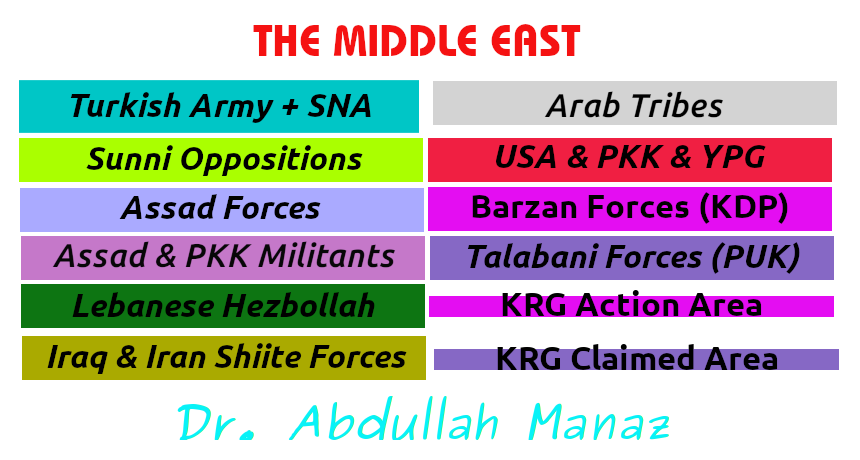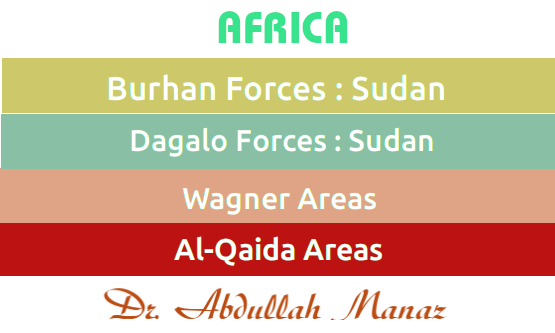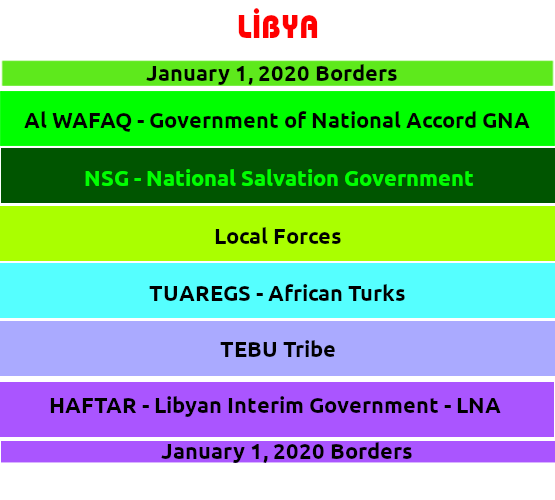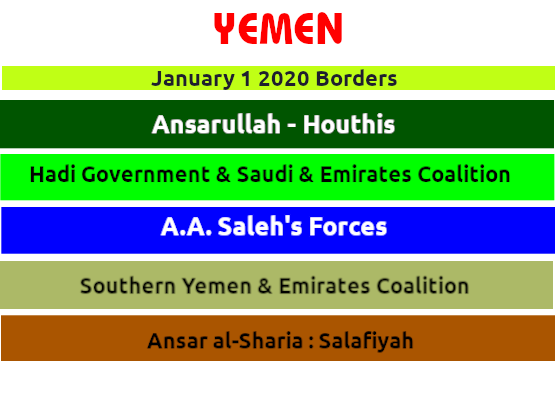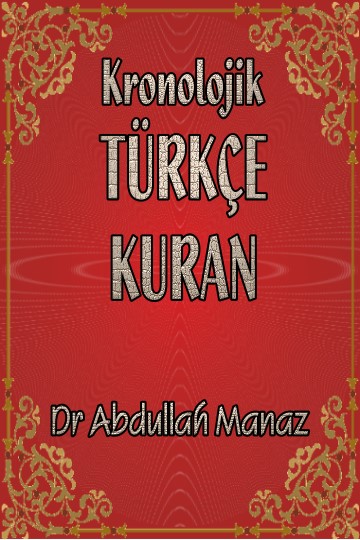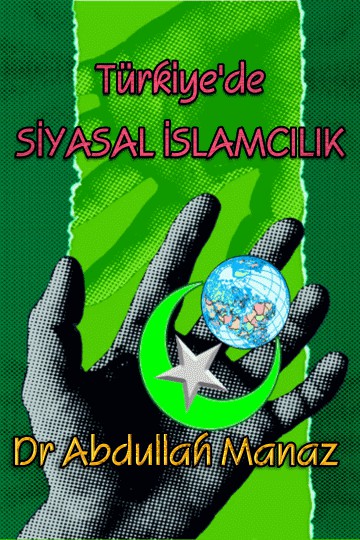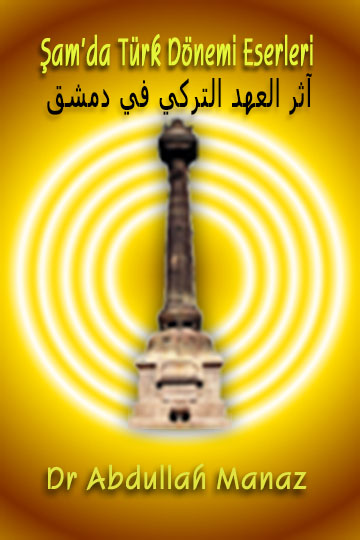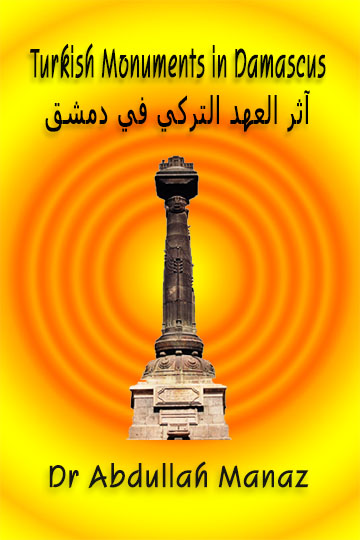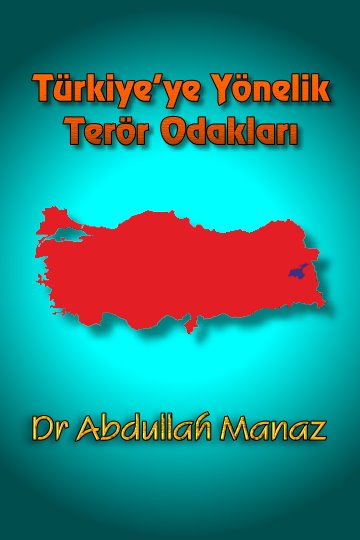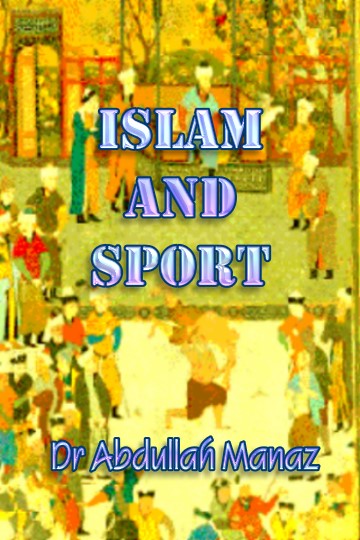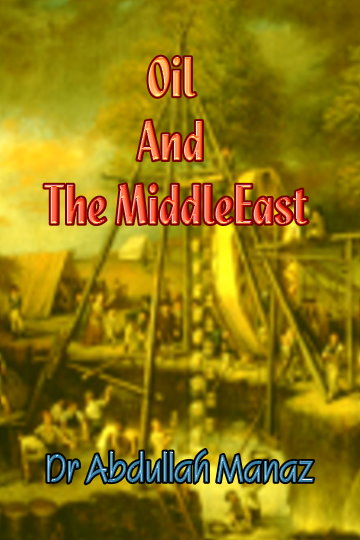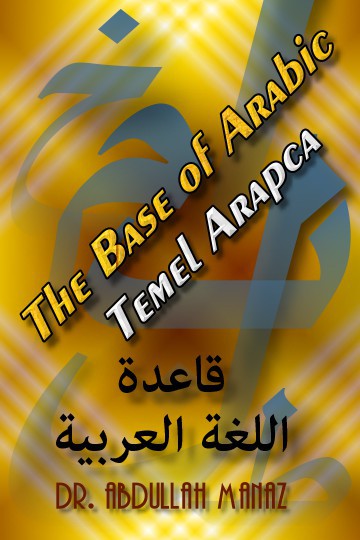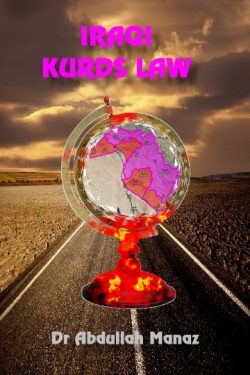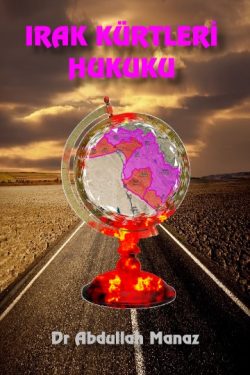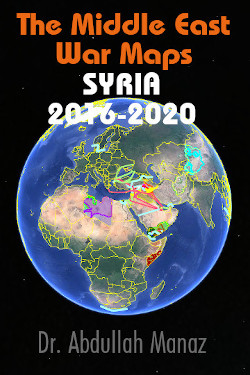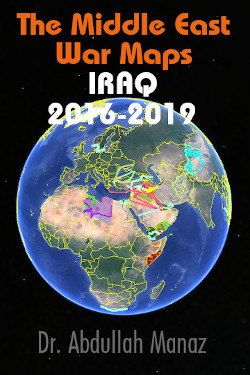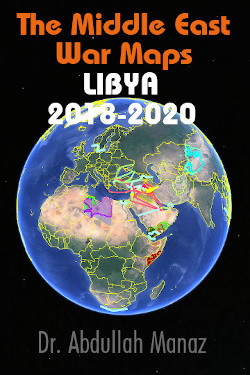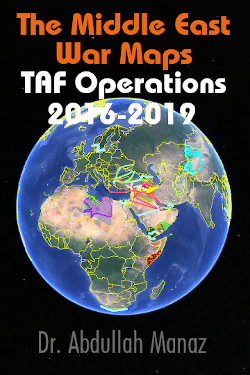We all think that Iraq and Syria are Arab countries, but the reality is not like that at all. Sectarian fanaticism in the Islamic World and the Middle East is so advanced that it precedes the feeling of nationality.
Iraq was an Arab country during the Baath and Saddam era, but since it was the home of the most important places considered sacred by the Shiites, such as Karbala and Najaf, the devotion to the sect continued unabated for hundreds of years. For this reason, although the original homeland of Shiism was Iraq, Iran became the center and representative of Shiite Political Islamism together with Khomeini. In fact, the original owner of the Shiite political Islam idea was the Iraqi Sadr Family. Ayatollah Muhammed Bakir Sadr was the founder of Velayeti Fakih Theory, in a way, the idea of Caliphate, with his works titled Our Philosophy (Felsefetuna), Our Economy (Iktisaduna), Our Society (Muctemiuna) and Our Message (Risaletuna). He supported Khomeini in Iran and made an important contribution to the Iranian Islamic Revolution. Musa Sadr, from the same family, became the leader of the Lebanese Shiites in the following years, while Muktada Sadr is now the leader of the Arab Shiites in Iraq.
There is an issue that has been misunderstood for years: Muhammed Bakir Sadr, Muktada Sadr and Musa Sadr were against sectarian conflicts and did not try to make the Sunni section hostile. Even Khomeini stated that they were based on the same fiqh basis as Hanafism in their early years, and in order to create an environment of peace with the Sunnis, he prevented the reciting of the words “Curse to Hazrat Umar” in the prayer of the Shiites. Khomeini’s exile to Turkey and then his preservation in France was a NATO plan. The USA and England, which aimed to liquidate both major military powers by making Iran and Iraq war, and then to establish an environment that would manage the Middle East and Iranian oil, had also started the Greater Middle East project in those years. In the same years, IV. Rich Germany with the unification of East and West Germany then Russia After the collapse of the Soviet Union, joined the game and the region was dragged into political and military chaos. While Putin formed an alliance with Iranian Shiite Political Islamists based on Persian nationalism, Germany rebuilt all Iran’s intelligence institutions and Hezbollah structures in the region in 1993.
Today, Iraq is still the Kaaba of the Shiites, but Persian nationalism has reinforced its political and military presence throughout Iraq, Syria and Lebanon by hiding behind the Shiite political Islam idea. Musa Sadr, the leader of the Shiite Amal Movement in Lebanon, was killed and the Syrian Nusayri Shiism and Iranian Hezbollah established absolute dominance over Lebanon. While Sistani reconciled with the United States in Iraq, Muktada Sadr’s struggle against Iranian domination failed to reach its goal. In Syria, on the other hand, the Sunni Arab majority, which constitutes 80% of the population, could not end the 12% Nusayri Assad Administration and it has reached its current situation. Now Iran is the most important political and military power in Iraq, Syria and Lebanon. It was Iran (with the effort of the Commander of the Jerusalem Forces, Qassem Soleimani) that brought Russia to Syria.
The Western Coalition, led by the USA and the UK, has been making great efforts for a long time to save Syria from Iranian influence by using Saudi Arabia and the Emirates. The Arab League is eager to get Syria back into the group and is ready to throw their money around. On the other hand, Iran put an end to these attempts with the visit of its President yesterday and signed a series of agreements with the Syrian administration. Bashar Essad, on the other hand, made it clear to the Arab countries that he would not make any concessions on Iran.
Now the situation is clear and clear. Iran has become the most effective power in Iraq, Syria and Lebanon, and this is one of the biggest mistakes of the US administrations after Obama and the UK in the last century.
Iran is only one step away from the technology that will drop 5 atomic bombs with a single missile, and this will be the biggest disaster of the new century not only for Israel but for the whole region. Unless, of course, Israel acts early and does not make a nuclear intervention in Iran…
Hepimiz Irak ve Suriye’nin Arap ülkeleri olduğunu düşünüyoruz ama gerçek hiç de öyle değil. İslam Dünyası’nda ve Ortadoğu’da mezhep taassubu o kadar ilerlemiştir ki, milliyet duygusunun önüne geçmiştir.
Baas ve Saddam döneminde bir Arap ülkesi olan Irak, Kerbela ve Necef gibi Şiilerin kutsal saydıkları en önemli yerlerin vatanı olduğu için mezhebe bağlılık yüzlerce yıl hız kesmeden devam etti. Bu nedenle Şiiliğin asıl anavatanı Irak olmasına rağmen İran, Humeyni ile birlikte Şii Siyasal İslamcılığın merkezi ve temsilcisi olmuştur. Aslında Şii siyasal İslam fikrinin asıl sahibi Iraklı Sadr Ailesi idi. Ayetullah Muhammed Bakır Sadr Felsefemiz (Felsefetuna), Ekonomimiz (İktisaduna), Toplumumuz (Müctemiuna) ve Mesajımız (Risaletuna) adlı eserleriyle Velayeti Fakih Teorisi’nin, bir bakıma Hilafet fikrinin kurucusudur. İran’da Humeyni’yi destekledi ve İran İslam Devrimi’ne önemli katkılarda bulundu. Aynı aileden Musa Sadr sonraki yıllarda Lübnanlı Şiilerin lideri olurken, Muktada Sadr şimdi Irak’taki Arap Şiilerin lideridir.
Yıllardır yanlış anlaşılan bir konu var: Muhammed Bakır Sadr, Muktada Sadr ve Musa Sadr mezhep çatışmalarına karşıydılar ve Sünni kesimi düşmanlaştırmaya çalışmadılar. Humeyni bile ilk yıllarında Hanefilikle aynı fıkıh esasına dayandıklarını belirtmiş ve Sünnilerle barış ortamı oluşturmak için Hz. Şiiler. Humeyni’nin Türkiye’ye sürülmesi ve ardından Fransa’da muhafaza edilmesi bir NATO planıydı. İran ve Irak’ı savaşa sokarak her iki büyük askeri gücü de tasfiye etmeyi ve ardından Ortadoğu’yu ve İran petrolünü yönetecek ortamı oluşturmayı hedefleyen ABD ve İngiltere, Büyük Ortadoğu projesini de o yıllarda başlatmıştı. Aynı yıllarda IV. Doğu ve Batı Almanya’nın birleşmesi ile zengin Almanya, ardından Rusya Sovyetler Birliği’nin dağılmasından sonra oyuna dahil olmuş ve bölge siyasi ve askeri kaosa sürüklenmiştir. Putin, İranlı Şii Siyasal İslamcılarla İran milliyetçiliğine dayalı bir ittifak kurarken, Almanya 1993 yılında İran’ın tüm istihbarat kurumlarını ve bölgedeki Hizbullah yapılarını yeniden inşa etti.
Bugün Irak hala Şiilerin Kabe’sidir, ancak İran milliyetçiliği Şii siyasal İslam fikrinin arkasına saklanarak Irak, Suriye ve Lübnan’daki siyasi ve askeri varlığını pekiştirmiştir. Lübnan’daki Şii Emel Hareketi’nin lideri Musa Sadr öldürüldü ve Suriye Nusayri Şiiliği ile İran Hizbullahı Lübnan’da mutlak hakimiyet kurdu. Sistani, Irak’ta ABD ile barışırken, Muktada Sadr’ın İran egemenliğine karşı verdiği mücadele amacına ulaşamadı. Suriye’de ise nüfusun %80’ini oluşturan Sünni Arap çoğunluk, %12’lik Nusayri Esad Yönetimi’ni bitirememiş ve bugün ki konumuna gelmiştir. Artık İran, Irak, Suriye ve Lübnan’daki en önemli siyasi ve askeri güçtür. Rusya’yı Suriye’ye getiren İran’dı (Kudüs Kuvvetleri Komutanı Kasım Süleymani’nin çabasıyla).
ABD ve İngiltere liderliğindeki Batı Koalisyonu, Suudi Arabistan ve Birleşik Arap Emirlikleri’ni kullanarak Suriye’yi İran etkisinden kurtarmak için uzun süredir büyük çaba harcıyor. Arap Birliği, Suriye’yi tekrar gruba dahil etmeye can atıyor ve paralarını etrafa saçmaya hazır. İran ise dün Cumhurbaşkanı’nın ziyaretiyle bu girişimlere son verdi ve Suriye yönetimiyle bir dizi anlaşmaya imza attı. Beşar Esad ise İran konusunda hiçbir taviz vermeyeceğini Arap ülkelerine açıkça bildirdi.
Şimdi durum açık ve net. İran’ın Irak, Suriye ve Lübnan’da en etkin güç haline gelmesi, son yüzyılda Obama ve İngiltere’den sonra ABD yönetimlerinin en büyük hatalarından biridir.
İran tek füzeyle 5 atom bombası atacak teknolojiye sadece bir adım uzaklıkta ve bu sadece İsrail için değil tüm bölge için yeni yüzyılın en büyük felaketi olacak. Tabii İsrail erken davranıp İran’a nükleer müdahalede bulunmaz ise…

